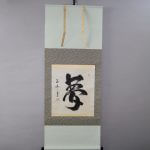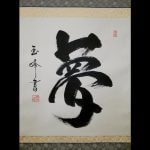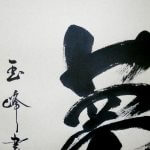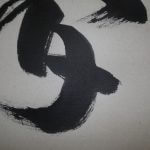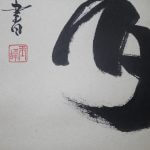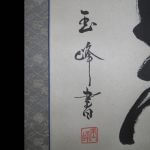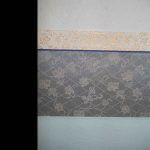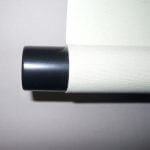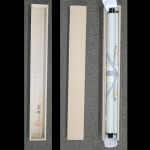Kakejiku Hanging Scroll: Calligraphy: Dream / Ueda Gyokuhō - Yume
- Product ID
- B0049
- Name
- Ueda Gyokuhō
- Profile
A Japanese-style calligrapher. In 1937, born in Gifu pref. Member of the Tōyō Bijutsukai.
- Size
- 597mm x 1391mm
- Roller End Material
- Plastic
- Material of the Work
- Japanese paper
- Price
- JPY 25,000
- Stock Condition
- In stock
- Payment: Click the Paypal Mark
- Duty and Taxes
Import duty and taxes are beyond our control and may apply to your shipment. Please noted that these fees are the responsibility of the buyer.
- Description
“Shodō” or “Sho” is a creative Asian art that expresses the beauty of characters through writing. It is a kind of calligraphy. “Shodō” or “Sho” originated in China and “Kana” (the Japanese syllabary) was derived from “Kanji” (Chinese characters) in Japan, Chu nom was invented in Vietnam, and so on. In addition, many unique calligraphic styles have been established.
Characters were initially created for practical use, but the method to express them aesthetically was created with the advancement in culture. Such aesthetic characters are called Sho. Shodō is learning this aesthetic expression of characters under standardized training, beautifying life with practical use, enriching the spirit as a pastime, expressing individual beauty, training character, and inspiring warm feelings during the course of learning.
This is a work of calligraphy of “夢 yume” dream by Ueda Gyokuhō. The lively lines are typical of him. It is a calligraphic work that gives the viewer peace of mind while attracting their eyes everlastingly.


